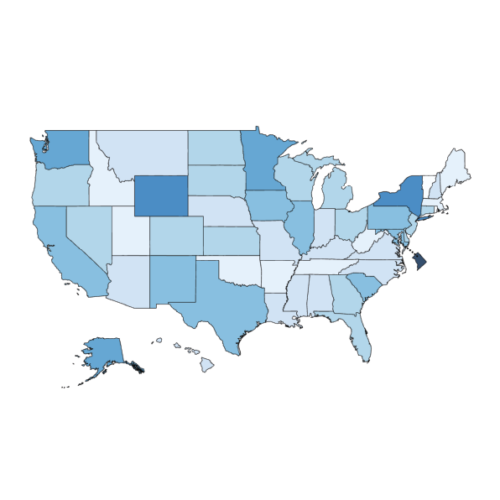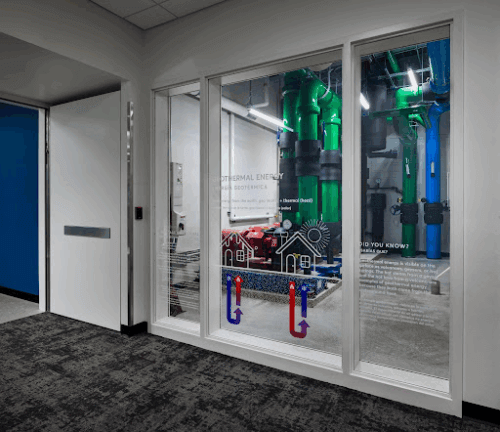Webinar: School Facility Condition Assessments: Establishing a Baseline to Guide Change
Are you seeking data to guide decision-making about school facility maintenance and capital planning?
Watch this webinar, hosted by NCSI on October 21, 2025, to learn about Facility Condition Assessments (FCAs), which evaluate a school’s physical conditions and functional performance. You’ll gain an overview of FCA best practices and learn how to utilize FCAs to inform educational facility master planning processes. You’ll also hear from Fargo (North Dakota) Public Schools about their experience using FCA data and creating a Facility Condition Index (FCI) metric to guide their district-wide school construction and renovation program. FCAs are major investments of time and resources; tune in to learn how to best plan for, execute, and use FCAs to drive change.
Speakers
Jeff Vincent, Director, National Center on School Infrastructure
Brandon Payne, Director, National Council on School Facilities
David Sturtz, Sturtz and Company
James Hand, Fargo Public Schools
Key insights
- Always start by asking “To what end?” Not all FCAs are created equal, and you’ll want to design your FCA to meet your specific needs and goals. For example, you may not need a data-heavy, highly detailed—and expensive—FCA if you already have a Capital Improvement Plan (CIP) that calls for tear-down or major renovation. On the other hand, a high-level FCA without detailed specifications won’t be useful if you’re hoping to build specific action items based on the FCA’s findings.
- Site-truthing matters. FCA data will provide critical information, but FCAs that rely solely on systems data will miss key operational aspects of your portfolio’s features and your school community’s needs.
- Keep students at the center. FCAs should be treated as part and parcel of a district’s pedagogical responsibilities, not merely as an operational exercise. Assess facility quality not only for structural soundness, but also for health, safety, and amenability to the educational model. In other words, does each space appropriately support the educational programs and activities occurring in them? Go beyond mere conditions to ensure school facilities are truly welcoming, nurturing spaces for learning.
Related resources
- Presenters’ slide deck
- Stretched Podcast: Transforming Fargo’s Schools
- Resources related to Facility Condition Assessments in NCSI’s library



